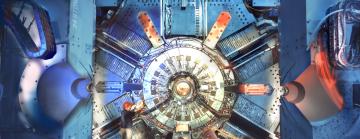
Working at the forefront of modern particle physics, scientists at SLAC's Elementary Particle Physics (EPP) division use powerful particle accelerators to create and study nature’s fundamental building blocks and forces, build sensitive detectors to search for new particles and develop theories that explain and guide experiments.
EPP pursues research in areas identified as top priorities for U.S. high-energy physics for the next decade. We want to understand our universe – from its smallest constituents to its largest structures.
Our research
Neutrinos are as mysterious as they are common. They pass through matter almost unnoticed, travel at very close to the speed of light, and the three types of neutrino can spontaneously transform into one another in a process called oscillation.

ATLAS is a particle physics experiment at the Large Hadron Collider (LHC), located at CERN. As one of the two largest detectors at the LHC, ATLAS records head-on collisions of extremely high-energy protons.
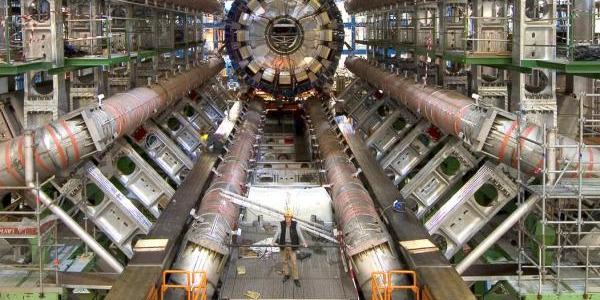
In recent years, the physics of neutrinos has been in the spotlight. Neutrinos are among the oddest of the Standard Model’s menagerie of elementary particles: electrically neutral, and interacting only via the weak nuclear force, they are extremely difficult to detect.
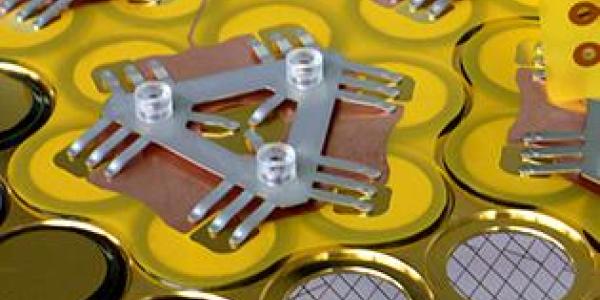
The astrophysical evidence for Dark Matter is compelling, but so far there is no evidence that it has been produced in particle colliders, interacted with sensitive detectors on Earth, or been seen directly in the cosmos.
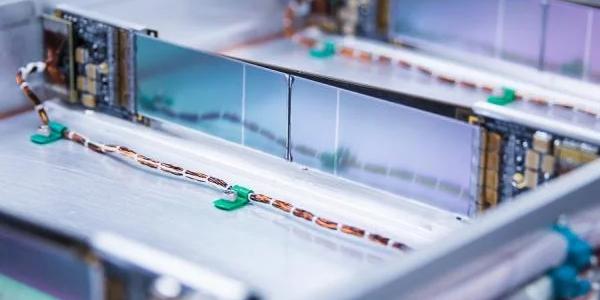
The International Linear Collider (ILC) is proposed as the next major particle physics facility, intended to complement the Large Hadron Collider at CERN and shed more light on recent discoveries such as the Higgs boson.
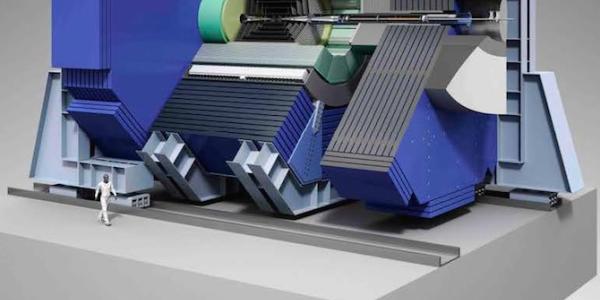
SLAC’s internationally recognized theory program pursues excellence across a broad spectrum of theoretical research in advancing the frontiers of particle physics, particle astrophysics and cosmology.

